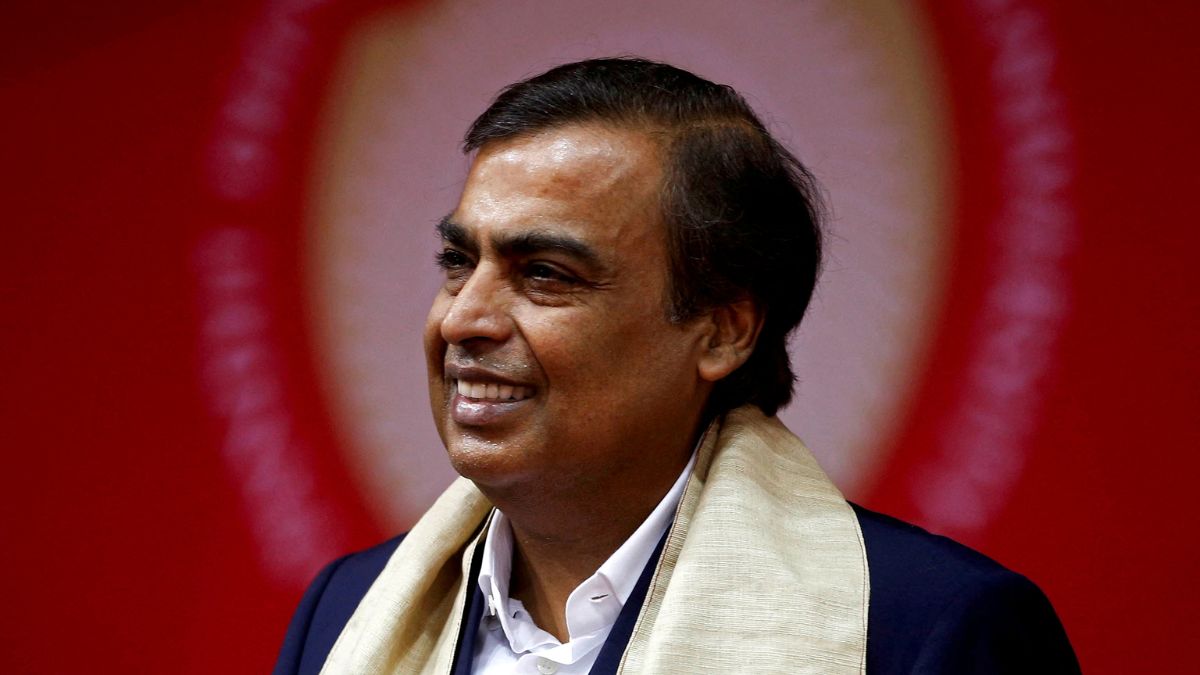With the Indian rupee weakening against the dollar, India has to pay more dollars for the same quantity of goods
)
Source: CNBCTV18
In the past few days, the value of the Indian rupee against the United States dollar has been hovering around an all-time-low. Earlier this week, on April 16, the rupee touched at a record closing low of 83.535 against the dollar. The development has led to some ruckus among foreign exchange traders, economists, merchants, tourism companies, and even stock market investors.
This is because there are multiple ways in which the drop in exchange rate affects various aspects of the economy.
Here’s a look at some direct impacts of the Indian rupee weakening against the greenback:
1 - Slowdown in imports
India imports crude oil, metals, electronics, plastic goods, cars, vegetable oils, gold among several other items from other nations. For the majority of these purchases, the country uses the globally agreed-upon reserve currency– US dollars.
With the Indian rupee weakening against the dollar, India has to pay more dollars for the same quantity of goods. In the face of that cash crunch, typically, there is a slowdown in the pace of imports.
2 - Increased cost of production for domestic industries
Imported raw materials are used in the production of a lot of goods. With Indian industries having to purchase these raw materials at a higher price, the cost of production of the goods they manufacture increases.
To keep up with the inflated costs and maintain profit margins, businesses usually raise prices. Alternatively, they may need to cut down on production or employment levels, which can have a negative impact on their growth and output.
3 – Contribution to inflation
Products being sold at higher-than-usual prices can drive inflation higher. It can also hurt demand as a section of the people may not be able to afford the goods.
4 – Education abroad gets expensive
For students who travel abroad, a weak Indian currency means they will have to recalculate and adjust their budget maths as they will now be required to pay more not just for tuition fee, but also for their accommodation and day-to-day expenses.
5 - Overseas borrowing gets dearer
If the rupee is weak, it becomes more expensive for Indian businesses and the government to borrow money from overseas lenders. For the same rate of interest in US dollars, more money (in Indian rupees) must be spent. This is especially true of loans taken from banks in the US and for US dollar-denominated loans.
6 – Change in balance of payments
The depreciating rupee can sometimes result in increased outflow of money on existing external loans and on imports. On the flip side of that coin, a depreciating rupee can make Indian assets cheaper for foreign investors, making it more enticing to invest in the country. This can lead to an increase in foreign investment.
7 - RBI may take corrective measures
When rupee is weak for a relatively longer time, the Reserve Bank of India (RBI) intervenes and takes measures, including selling US dollars in the open market to increase its supply and lower its value to maintain the value of the Indian rupee.
8 - Exports get lucrative
Not all is bad with weak rupee. If the rupee depreciates, exports become more lucrative as Indian sellers end up earning more selling their goods and getting payment in dollars.
Also, weak rupee is good for exports as Indian goods and services become cheaper for foreign importers.
9 – Impact on tourism
Tourism in India gets a boost with a weak rupee as it gets cheaper for foreigners to travel to the country. This helps bring in more foreign currency and generate employment opportunities for people working in the tourism industry. It also gets costlier for Indians to travel abroad, especially to the US. Such plans could be postponed till the value of the rupee appreciates.

 5 months ago
18
5 months ago
18
)
)
)
)
)
)
)
)
)
)
)
)
)
)
)
)
)
)
)
)
)
)
)
 English (US) ·
English (US) ·